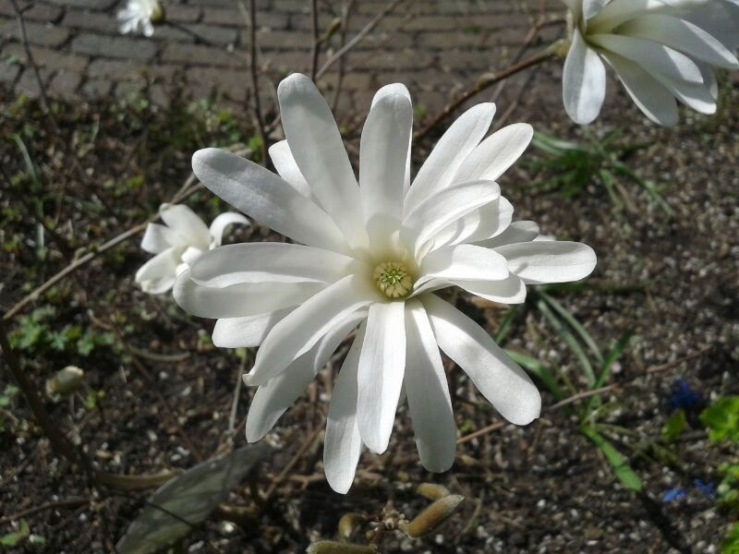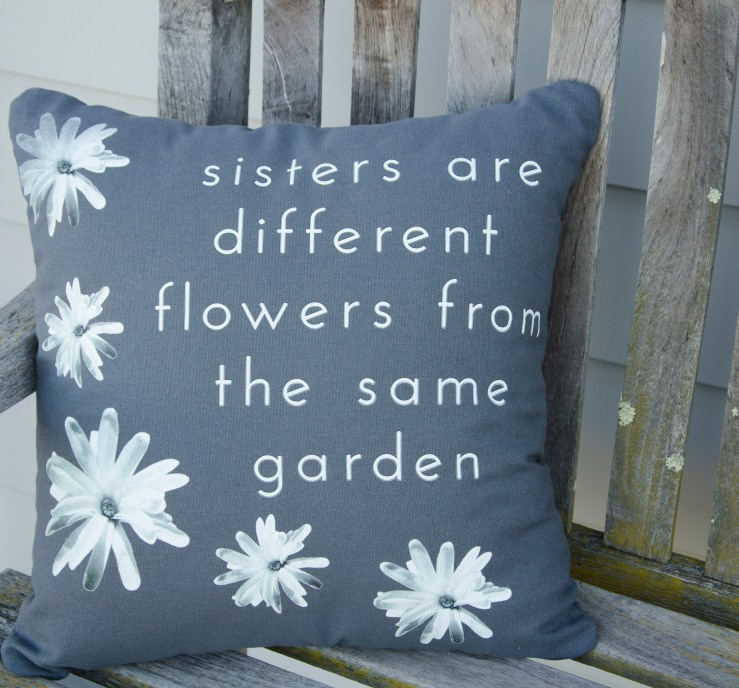I have had an instructive and occasionally frustrating couple of days playing with various mark making techniques.
I tried deconstructed screen printing – or breakdown printing – once before with fairly disasterous results. I now know that the paste mixture I made up was far too thin. I had another go and although I got better results, they still didn’t meet my expectations. Again, the paste wasn’t thick enough to hold the impression – it gradually oozed back to fill up the gaps as it was drying and I got virtually no impression. I tried again, with something that made deeper impressions – some bubble wrap, and at least got a result. I checked Claire Benn and Leslie Fenton’s book “Breakdown Printig” and found some really good, simple instructions and recipes.

I have now made up a new batch of thicker paste, and have followed their instructions to turn the screen flat side up, glob the paste on, then impress the objects you are using to create texture and leave until nearly dry (which by my guestimate will be at least a day or two), then remove, so the paste can’t settle back. Here is the screen set to dry. Intuitively, this seems more likely to work than the method I followed for the above piece which was to place the object (bubble wrap in my case) under the screen and squeegee through the dye paste, then remove the bubble wrap straight away and let the screen dry. We shall see…..

We upgraded to a new computer when we moved, and I took the opportunity to get Adobe lllustrator, which I have been wanting for a while. It is a steep learning curve, but I am having enormous fun working in tandem with Photoshop, turning the pictures I have been taking on my daily rides into black and white illustrations which are then burned into Thermofax screens. Here are some examples:

Photo of some grasses. Here I used Thiox to discharge the image onto some commercially dyed black fabric. It came out a light lemony colour, and the image isn’t as distinct as later screens, as I didn’t have the consistency of the thickener right – too thin, again!
Here I screened black textile ink over an earlier screened image of a tree in gold, on hand dyed purple fabric. You an just see glimpses of the gold here and there – click for larger image.
Again, I went over something else that didn’t work. I had previously screen an image (which I will show you next), but it came out blurry, as I used Setacolour paints and they are a bit too runny to screen well.
The underlying image was taken from this photo, of the seafood shop at Narooma bridge.

I cropped and edited the photo in Photoshop, then converted it into an illustration in Illustrator, and made a screen. This time I used proper textile screen printing ink and got a much cleaner image.
I was sitting in the car waiting for Karl the other day, when I looked up and saw this image of barbed wire against the bright blue of the sky.
I gave the image the same treatment as above, and got this – I am quite excited at the possibilities of turning my own photos into images that can be used in my textile art – I have been wanting to do this type of thing for ages, and just haven’t had the chance until now.
The barbed wire was around the local gardening centre. In one corner of the carpark I spied this pile of discrded pallets
I turned these into a screen too
As well as messing with screens, I made a couple of stamps – a simple leaf, and the negative of the same image.
A new – and obviously temporary sign appeared in town the other day
This was an obvious candidate for a screen, which I printed using thickened dye (having finally figured out the right consistency for the thickener).
And what, you might ask is a Fish Auction? not sure I know, but I think it might be a charity thing, where they hold a fishing competition, then at the end of each day, the catch gets auctioned off to raise money for the marine rescue volunteers – but don’t quote me on that – Karl and I are going to hop on our bikes and pedal into town a bit later to check it out.
And finally, for now, I used the very last of the thickened dye at the end of the day to stamp, and draw on fabric, using a syringe – another little activity that has been on my ‘must give that a go’ list for some time! I batched these rather than steaming – of which I am not a fan – and I must say that the thickener is a devil to get out of the fabric.
Right – still lots more experimenting to go!


































 Then when I had it figured out, I made this one. Let me tell you – it beats chasing strange shaped bits of black paper around the floor, and accidentally flipping them over so you paste them on the wrong way around! I don’t see myself doing paper ones every day for a month, but I could probably knock one out everytime I fire up Photoshop to do my homework assignments.
Then when I had it figured out, I made this one. Let me tell you – it beats chasing strange shaped bits of black paper around the floor, and accidentally flipping them over so you paste them on the wrong way around! I don’t see myself doing paper ones every day for a month, but I could probably knock one out everytime I fire up Photoshop to do my homework assignments.